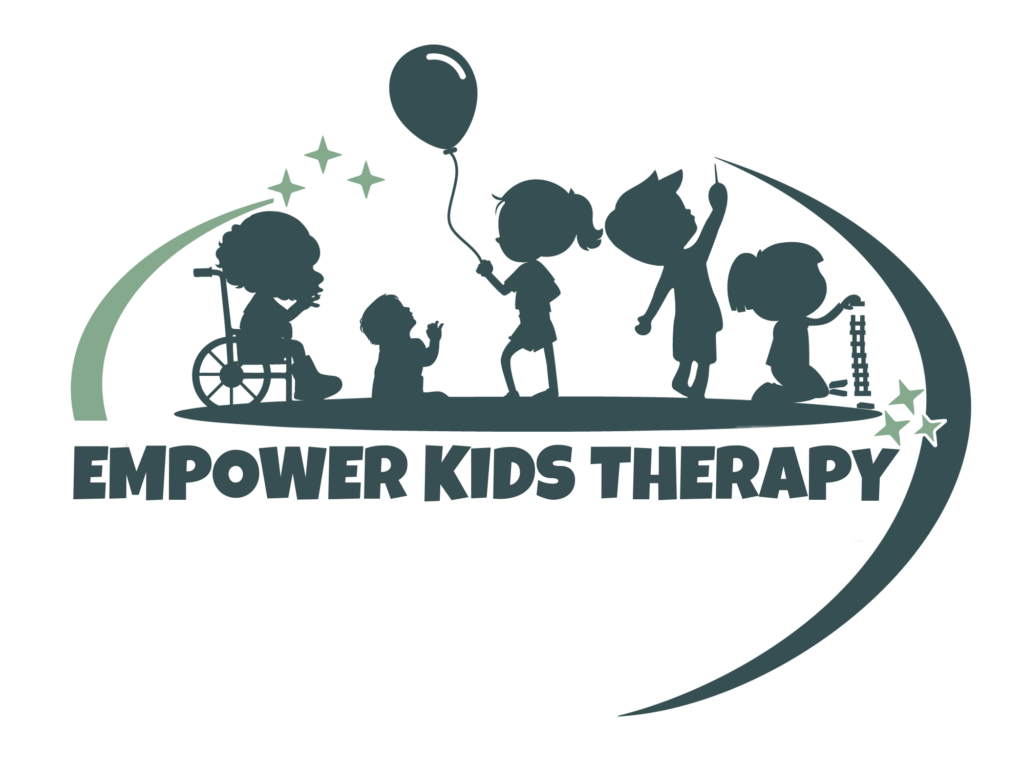Texture sensitivities can significantly impact a child’s eating habits and nutrition. But fear not! As a pediatric occupational therapist, I’m here to guide you with practical strategies and tips to support your child on their journey to embracing a wider variety of textures.
Together, we can transform mealtime into a realm of healthy eating adventures. Let’s get started!
Understanding Texture Sensitivities
Texture sensitivities occur when children exhibit aversions or discomfort towards certain food textures. They may prefer smooth foods and resist or avoid foods with varying textures such as crunchy, lumpy, or chewy.
This sensitivity can restrict their food choices, affect their nutrient intake, and create challenges during mealtime. Texture sensitivities are known more in relation to clothing sensitivities, and with diagnosis like Autism.
4 Ways To Help your Child Overcome Texture Sensitivities
1. Gradual Exposure and Desensitization
One effective strategy to help your child overcome texture sensitivities is through gradual exposure and desensitization. Start with small steps by introducing foods with slightly different textures into familiar dishes.
For example, add finely chopped vegetables to a smooth soup or blend small amounts of cooked grains into purees. Gradually increase the amount and visibility of the textured foods as your child becomes more comfortable.
2. Food Play and Sensory Exploration
Engaging in food play and sensory exploration can help desensitize your child to new textures. Encourage them to touch, squeeze, and explore foods with different textures using their hands.
You can create sensory bins filled with cooked pasta, rice, or other textured foods for tactile exploration. By incorporating playfulness, you create a positive association with textures and promote acceptance of diverse foods.
3. Food Transformation and Adaptation
Transforming and adapting food textures can make them more appealing and easier to accept for your child. Pureeing, mashing, or blending foods can help smooth out textures and make them more manageable.
Gradually introduce small pieces or chunks of textured foods as they become more comfortable. By adapting textures, you provide opportunities for exploration while maintaining a level of comfort for your child.
4. Sensory-Friendly Mealtime Environment
Creating a sensory-friendly mealtime environment can alleviate anxiety and support your child’s exploration of new textures. Consider reducing distractions, such as loud noises or bright lights, and provide a comfortable seating arrangement.
Use calming music or dim lighting to create a soothing atmosphere. By minimizing sensory overload, you allow your child to focus on the food and their sensory experiences.
Our Mealtime Success Guide
To further support you on this texture journey, we invite you to download our free Mealtime Success Guide. This guide is a valuable resource to help your child overcome texture sensitivities and embrace a wider variety of foods. It’s your companion to healthy eating adventures!
Conclusion
Helping your child overcome texture sensitivities in feeding requires patience, consistency, and a gentle approach. By gradually exposing your child to new textures, engaging in food play, adapting food textures, and creating a sensory-friendly mealtime environment, you can support them on their journey to embracing diverse foods.
Remember, each step forward is a step closer to healthy eating adventures. Download our free Mealtime Success Guide for additional strategies and sensory-friendly activities. Together, we can create a positive and enjoyable mealtime experience for your child.
Thank you for your dedication as a caregiver. Your efforts and support are invaluable in helping your child overcome texture sensitivities and develop healthy eating habits. Let’s embark on this adventure together, one texture at a time!








